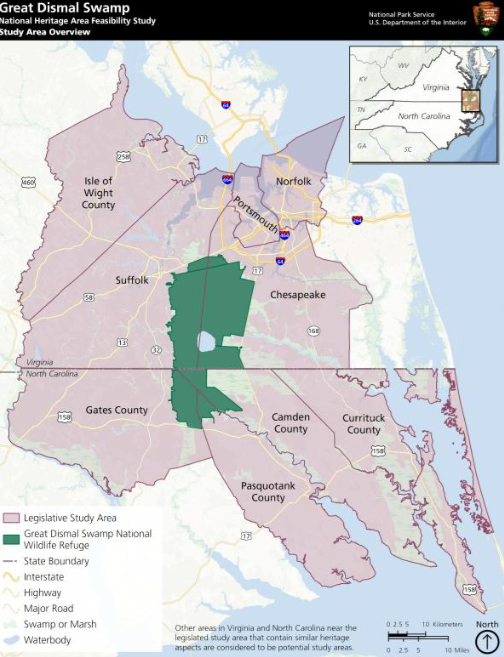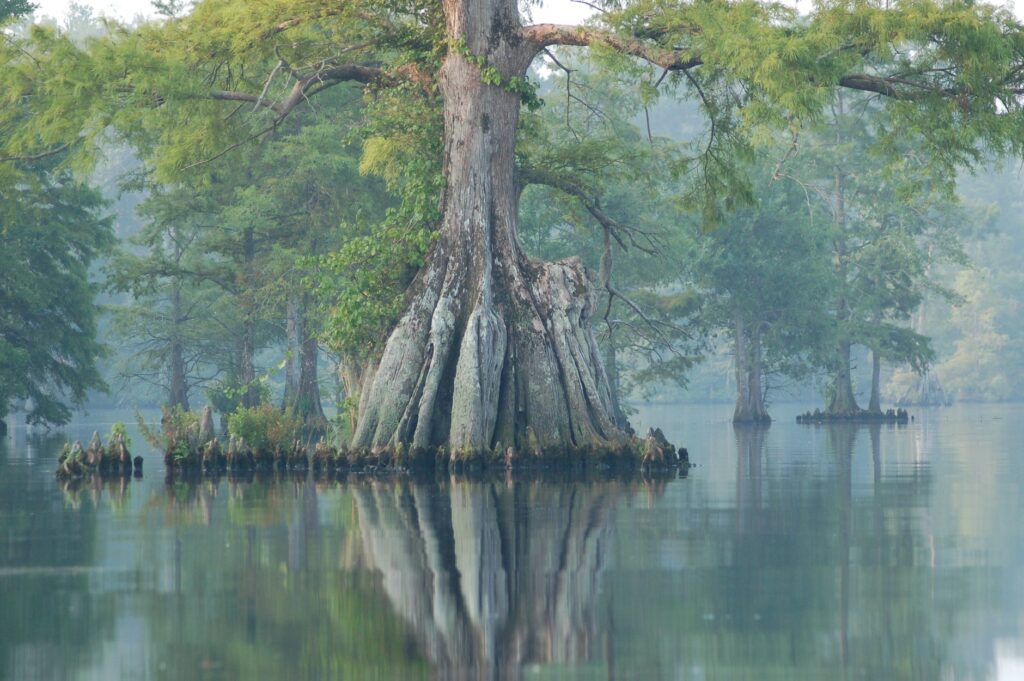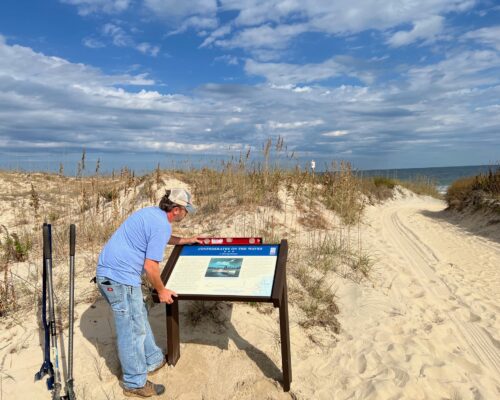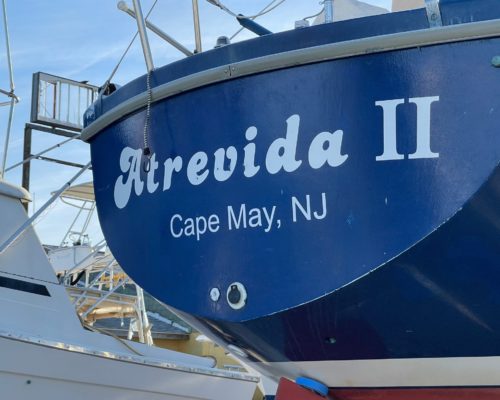Don’t let the name fool you. The Great Dismal Swamp is great in size, but not dismal at all. It’s a beautiful landscape at the bottom of the Bay that could soon benefit from National Park Service national heritage area status.
Once a million acres large, the Great Dismal Swamp was a rich homeland for Native people for 10,000 years. Then William Byrd II, an aristocratic Virginia planter and surveyor, gave it the deprecating name it has carried ever since. The swamp’s timber (especially bald cypress and Atlantic white cedar) was harvested for the next 200 years. Settlers also used the land for agriculture and constructed canals for interstate trade. Urban/suburban development followed in what are now the cities of Norfolk, Portsmouth, Chesapeake, and Suffolk, plus Isle of Wight County, Virginia, and Camden, Currituck, Gates, and Pasquotank counties in eastern North Carolina, including Elizabeth City and Edenton. Those changes cut the swamp’s acreage in half, to a little under 500,000 acres.
The northern edge of the swamp drains to the Chesapeake’s James River, while the southern edge drains to Albemarle Sound. Today, boaters know its canals well as sections of the Atlantic Intracoastal Waterway.
113,000 acres of the swamp, spanning the Virginia-North Carolina line, have been a National Wildlife Refuge since 1974. It is home to a high density of black bears, bobcats, and other mammals, along with birds, butterflies, snakes, and even alligators. Efforts to restore the swamp’s biodiversity have coincided with interest in renewing the cultural heritage of those whose ancestors called the Great Dismal Swamp home. Along with Indian tribes displaced by English colonists, the swamp was a refuge for enslaved people seeking freedom, and included a section of the Underground Railroad.

In August 2023, the National Park Service began a study to evaluate the area for potential designation as a national heritage area (NHA). NHAs are lived-in landscapes where communities collaborate to integrate heritage with local interests and needs. Partners can include businesses, residents, nonprofit organizations, and appropriate local, state, Tribal, and federal agencies.
Working collaboratively with local stakeholders, experts, and the public, the study team is looking at whether there is public support for an NHA designation. Public comment is open now. They also want a commitment from key constituents who would have the ability to manage the national heritage area. At the completion of the study in three years, the Park Service will submit findings and recommendations to Congress for consideration.
The National Park Service provides technical, planning, and limited financial assistance to national heritage areas. Currently, there are 62 designated national heritage areas in 36 states and territories across the country that support a diversity of conservation, recreation, education, and preservation activities. In Virginia, they already include the Northern Neck National Heritage Area, the Journey Through Hallowed Ground National Heritage Area, and the Shenandoah Valley Battlefields National Historic District. To learn more about the Great Dismal Swamp National Heritage Area proposal, and to provide your own comments, visit the rich Story Map created for the study.




